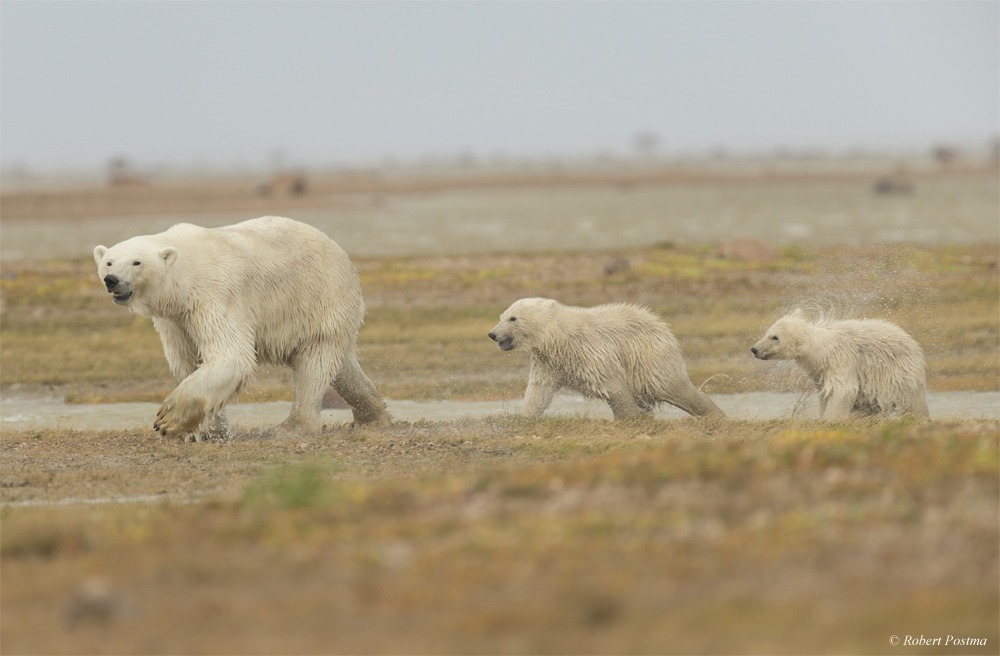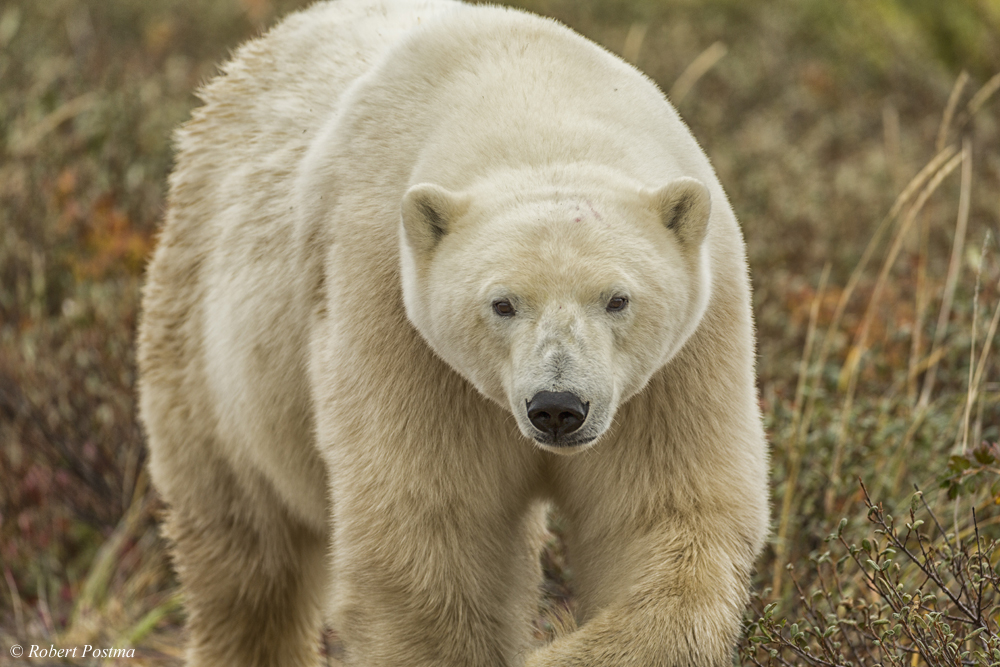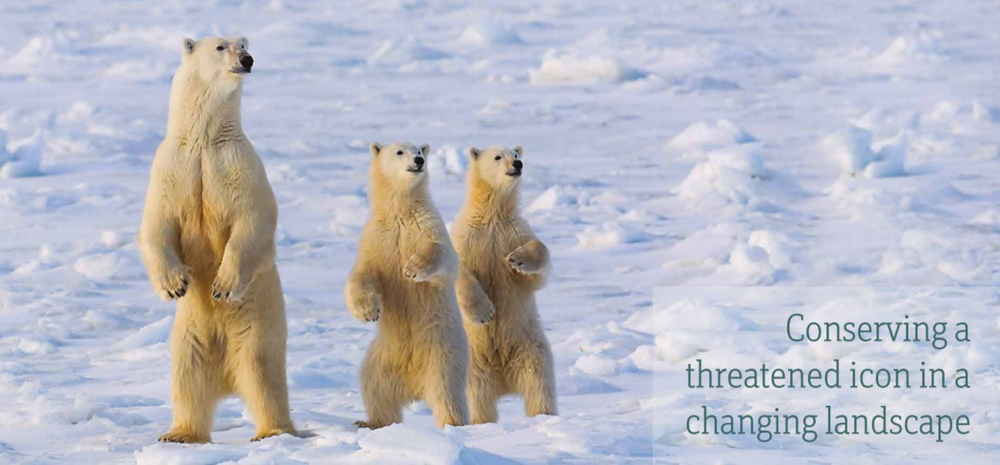People are often surprised to hear that they can see polar bears during the summer at the Churchill Wild lodges, but polar bears naturally come ashore when the Hudson Bay ice melts, and as they do they walk right by our remote locations on the Hudson Bay coast. Some of them even spend their whole summer with us.
In contrast to the traditional October/November polar bear viewing season in Churchill, Manitoba, our remote locations are home to polar bears from July through November. Of course, we’d like to think our semi-resident bears are attracted to the delicious smells that emanate from our kitchens as we prepare recipes from the Blueberries & Polar Bears cookbooks, but it’s more likely Mother Nature just doing what she does best.
The Canadian Parks and Wilderness Society (CPAWS) Manitoba Chapter recently produced a well-researched report entitled Polar Bears in Manitoba, Conserving a threatened icon in a changing landscape, in which they describe the various environmental and human factors that can have an impact on the lives of polar bears, both now and well into the future.
Part of the CPAWS report talks about the behavior of polar bears over the course of a year and the various habitats that are critical to their different life stages. The report offers some excellent insights into the lives of polar bears, and the adapted excerpt below explains why you can see polar bears during the summer!
Western Hudson Bay polar bears, Habitats for critical life stages
Courtesy of CPAWS Manitoba
The largest land carnivore on earth, polar bears are supremely adapted to life on the Hudson Bay coast and have depended on the region for thousands of years.
Roughly 1,000 individuals make up the Western Hudson Bay polar bear sub-population that migrates annually between the sea ice, where they hunt and mate, and terrestrial habitats where they fast, rest and give birth.
The polar bears’ dependence on sea ice is well known. When Hudson Bay freezes over in late fall, the bears fan out over their seasonal habitat to hunt. Lasting until the sea ice melts, this hunting period is critical. Preying primarily on ringed and bearded seals, the bears gorge on the calorie-dense blubber and often discard the leftovers for scavengers. The blubber enables the bears to accumulate a layer of insulating fat that can be up to four inches thick. The fat that they are able to store at this time will fuel them through the summer season when their main prey is not accessible.
Ice breakup forces the bears to shore in early to mid-summer. Though many stick close to the coast, females with cubs may head slightly inland to avoid confrontations with male bears, while pregnant females head toward denning areas. With the exception of occasional opportunistic meals, polar bears go without food during this time and survive off the fat accumulated over winter. Minimally active during the summer months, polar bears rely on habitats where they can rest, undisturbed by conflict, to conserve their energy while waiting for the ice to form again.
As winter approaches, most bears concentrate on the coast and many will travel north to greet the forming ice and break their four month fasting period. At the same time, pregnant females are preparing to enter their maternity dens (sometimes upwards of 100 km inland), where they will birth their cubs.
Western Hudson Bay is home to one of the largest polar bear maternity denning areas on the planet. Unlike polar bears over most of the arctic, who den in snow, Western Hudson Bay mothers typically dig dens in banks and ridges of the vast peatlands that make up the Manitoba portion of the Hudson Bay Lowlands. Previously excavated dens may be reused in subsequent years.
One to three cubs (usually two), are born in the den over winter and the family emerges between February and March to begin their journey to the sea ice.
The new mothers have now endured an eight-month fasting period during pregnancy and while nursing their cubs. This is possible only if she has stored enough fat in the previous winter and spring. The female and her cubs must make the most of their time before sea ice breakup in order to restore her depleted fat reserves and to boost her cubs’ chances of surviving their first year of life.
Read the full CPAWS Report here: Polar Bears in Manitoba, Conserving a threatened icon in a changing landscape












Is there a minimum age for coming to see the polar bears, belugas etc in the summer? Thanks.
Hi Pam,
Due to the physical nature of our safaris the minimum age for participants is eight years. Please realize that these are remote lodges where they will be expected to remain indoors when the group is not on outings. Your child must always be supervised by you. Considerations for children under our minimum age are made on an individual basis. Please enquire about our rates for children.
Thanks for asking!